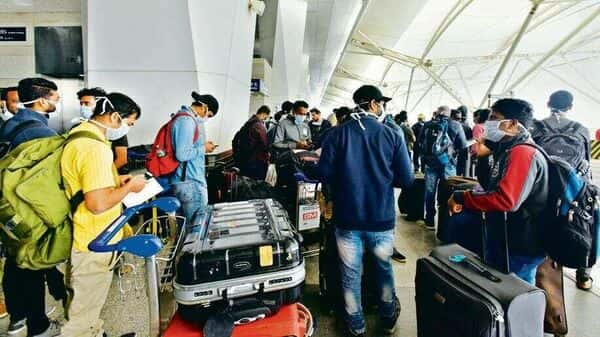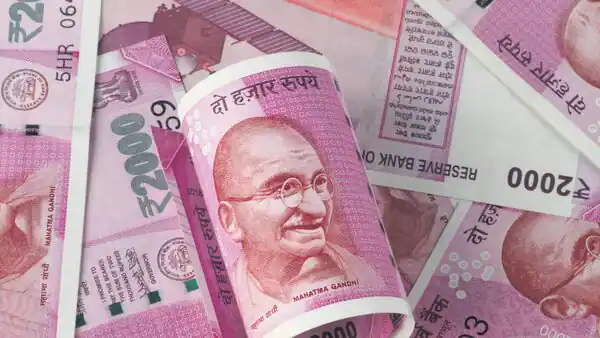[ad_1]
Average daily air passenger traffic in October, the month when both Dussehra and Diwali were celebrated this year, remained at around 360,000 air passengers, as against the pre-covid level of nearly 400,000 passengers.
This is also lower than the average number of daily air passengers recorded in the festival month of October 2019, when the average number of daily air traffic was around 397,000 passengers. Dussehra and Diwali were also celebrated in October 2019.
In fact, for the seven-day data from 19-25 October, the average daily air passenger traffic was around 350,000 air passengers, and daily flight departures stood at around 2,700 flights as against the pre-covid level of 2,900 flights.
“Before the pandemic, people used to work from offices and travel back home during the festive season. However, post the pandemic, multiple companies are still continuing with work-from-home or hybrid work, allowing their employees to stay at home or wherever they prefer. With many people already home, there is little need for travelling,” said Rikant Pittie, co-founder, EaseMyTrip.
While travel demand has been below expectations, it has still been stronger than the air traffic seen in the festival season during 2020, 2021 and the year so far.
“We have seen more than a 50% rise compared to 2021 in our bookings,” Pittie added.
So far in October, the daily air passenger traffic has risen by nearly 6% from the preceding month, and flight departures have also increased by over 4%.
“Demand has been below expectations. One reason could be the work-from-home policy by corporates, which means that a lot of people are already working from their homes. So, that traffic is not there. In addition, high air fares in an inflationary environment have also contributed,” an analyst said.
In the past week, airfares for major cities in India, including Delhi and Mumbai, have witnessed an increase of 20-25% in air fares, Pittie said.
“Some of our clients just returned to the metro cities as companies have started calling employees to offices for two-three days a week. They opted to wait for the winter holidays to return to their home towns as they thought it did not make sense to buy expensive air tickets and go back within a month or so of coming back from their homes,” a travel agent said.
During the month so far, air traffic has also seen two extremes.
Domestic air traffic crossed the pre-covid level on 9 October, with airports handling 402,697 passengers and 2,732 flight departures, indicating strong demand. The highest passenger count since the onset of the covid pandemic was recorded on 17 April at 407,975 passengers. The lowest demand for air travel was recorded on 24 October, the day of Diwali, at 280,807 air passengers.
“Nearly all airlines are facing capacity deployment issues, whether due to supply chain issues or non-availability of spare parts. Some have restrictions on capacity deployment, and even then, we have not seen full utilization of the available seats. This largely points out to the fact that the recovery in domestic aviation will be gradual,” another analyst said.
Though the momentum has been strong, ICRA expects passenger traffic to reach pre-covid levels only by FY24. “Also, since last year, there has been an unprecedented rise in ATF prices, which was further aggravated by the Russia-Ukraine war, which in turn has also pushed the fares, impacting leisure travel demand to an extent. Hence, the combination of these factors has impacted the capacity deployment levels for the sector, said Suprio Banerjee, vice-president and sector head of corporate ratings at ICRA Ltd.
Download The Mint News App to get Daily Market Updates & Live Business News.
[ad_2]
Source link
John Miller has been writing about science, gaming, and tech culture for over a decade. He’s a top-rated reviewer with extensive experience helping people find the best deals on tech and more.



